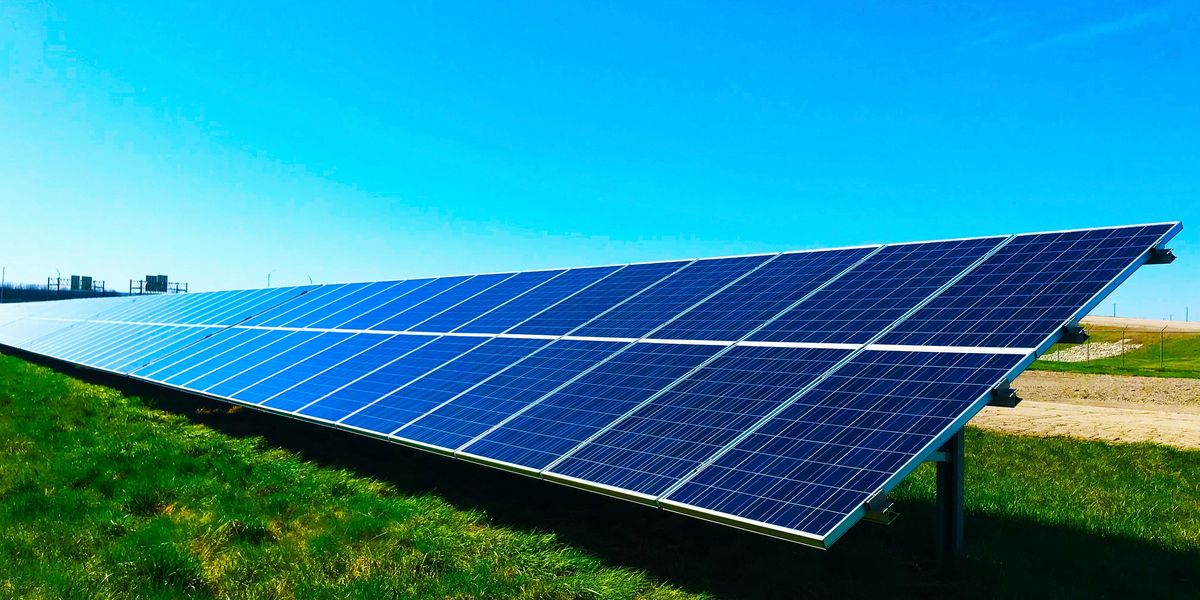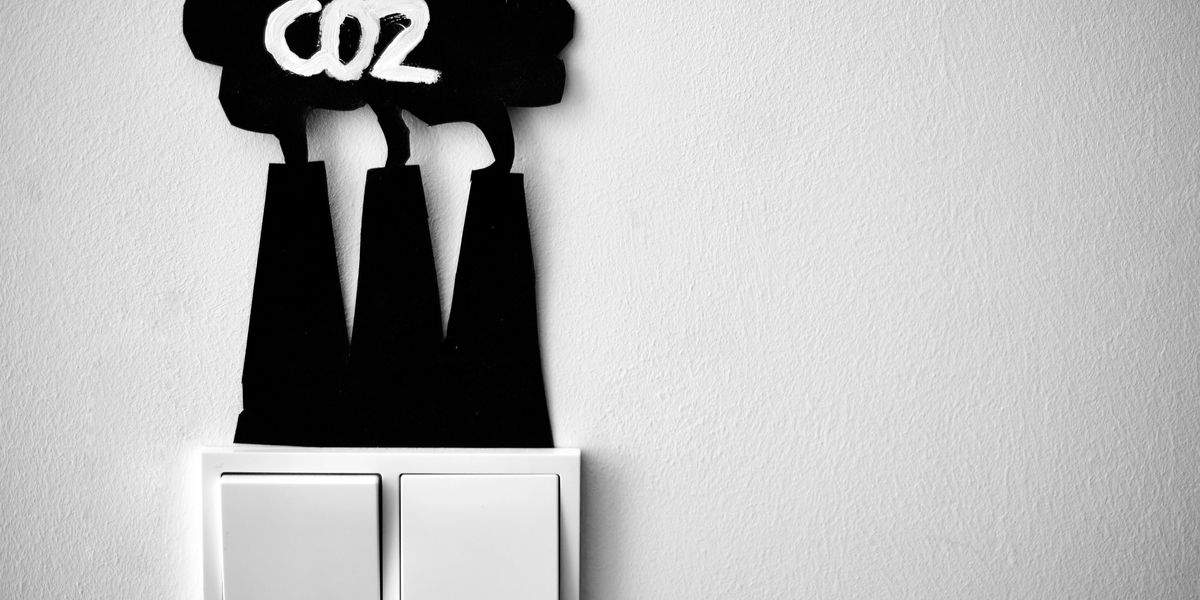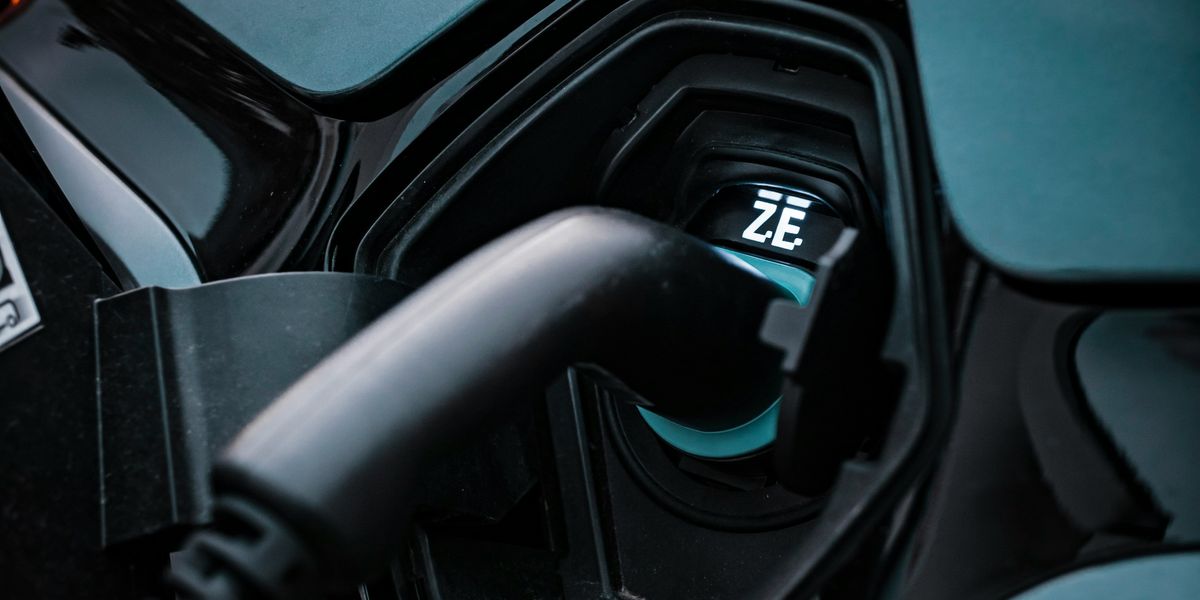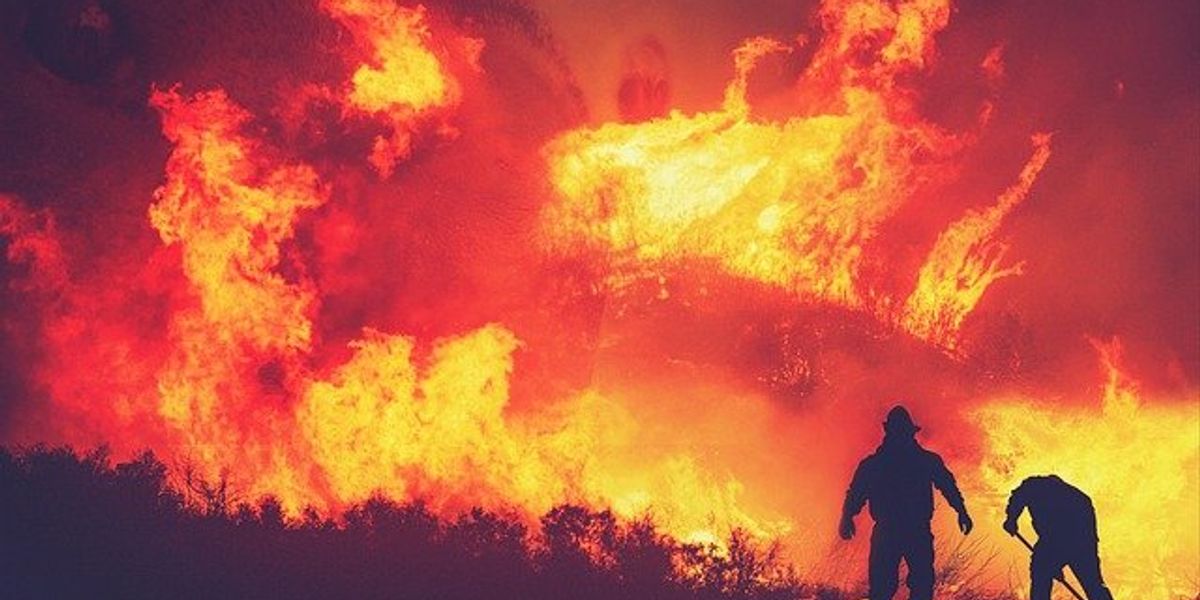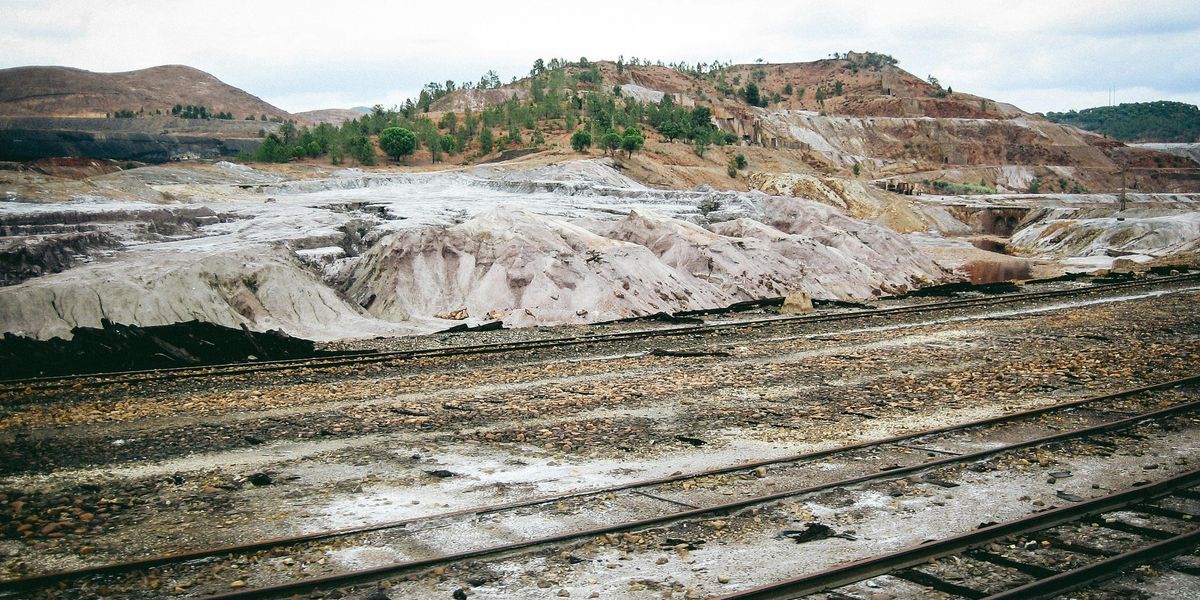
Agreement reached to remove uranium mine waste from Navajo land
Federal and tribal officials approved a plan to transport one million cubic yards of uranium waste from the Quivira mine to an off-site landfill, aiming to mitigate health and environmental risks after decades of Navajo community advocacy.
Danielle Prokop reports for Source New Mexico.
In short:
- The U.S. EPA’s plan involves trucking uranium-contaminated waste to the Red Rocks Landfill, six miles east of Thoreau, New Mexico, over several years.
- Navajo leaders and environmental advocates see this as a significant step, though some residents in Thoreau have voiced safety concerns.
- The Navajo Nation continues to grapple with long-term health effects from uranium mining, including higher rates of cancer and kidney disease.
Key quote:
“It’s not everything the three affected communities would wish for, but it’s action in the right direction now, rather than in the future.”
— Buu Nygren, Navajo Nation president
Why this matters:
Uranium mining left lasting scars on the Navajo Nation, contributing to toxic exposures and public health crises. Removing the waste offers a chance to address some of the harm, though logistical and community concerns about disposal remain.
Related EHN coverage: Years after mining stops, uranium's legacy lingers on Native land

